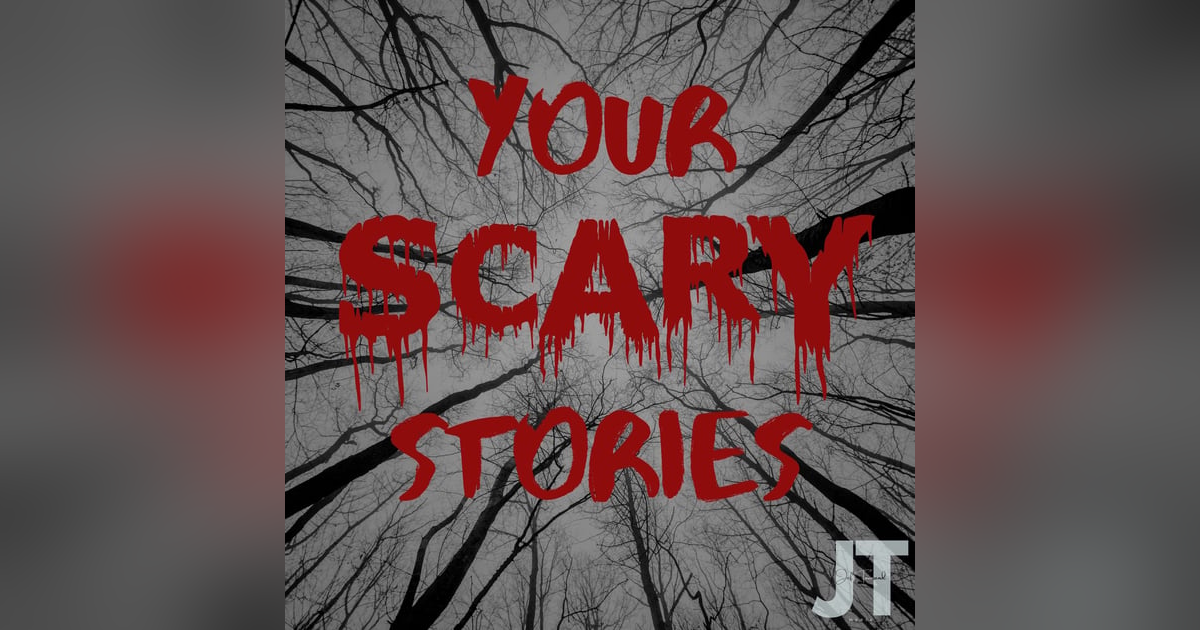On this week's episode, we remember William Friedkin, who passed away this past Tuesday, looking back at one of his lesser known directing efforts, Rampage.
----more----
From Los Angeles, California, the Entertainment Capital of the World, it’s The 80s Movies Podcast. I am your host, Edward Havens. Thank you for listening today.
Originally, this week was supposed to be the fourth episode of our continuing miniseries on the 1980s movies released by Miramax Films. I was fully committed to making it so, but then the world learned that Academy Award-winning filmmaker William Friedkin passed away on Tuesday. I had already done an episode on his best movie from the decade, 1985’s To Live and Die in L.A., so I decided I would cover another film Friedkin made in the 80s that isn’t as talked about or as well known as The French Connection or The Exorcist or To Live and Die in L.A.
Rampage.
Now, some of you who do know the film might try and point that the film was released in 1992, by Miramax Films of all companies, and you’d be correct. However, I did say I was going to cover another film of his MADE in the 80s, which is also true when it comes to Rampage.
So let’s get to the story, shall we?
Born in Chicago in 1935, William Friedkin was inspired to become a filmmaker after seeing Citizen Kane as a young man, and by 1962, he was already directing television movies. He’d make his feature directing debut with Good Times in 1967, a fluffy Sonny and Cher comedy which finds Sonny Bono having only ten days to rewrite the screenplay for their first movie, because the script to the movie they agreed to was an absolute stinker. Which, ironically, is a fairly good assessment of the final film. The film, which was essentially a bigger budget version of their weekly variety television series shot mostly on location at an African-themed amusement park in Northern California and the couple’s home in Encino, was not well received by either critics or audiences.
But by the time Good Times came out, Friedkin was already working on his next movie, The Night They Raided Minsky’s. A comedy co-written by future television legend Norman Lear, Minsky’s featured Swedish actress Britt Ekland, better known at the time as the wife of Peter Sellers, as a naive young Amish woman who leaves the farm in Pennsylvania looking to become an actress in religious stage plays in New York City. Instead, she becomes a dancer in a burlesque show and essentially ends up inventing the strip tease. The all-star cast included Dr. No himself, Joseph Wiseman, Elliott Gould, Jack Burns, Bert Lahr, and Jason Robards, Jr., who was a late replacement for Alan Alda, who himself was a replacement for Tony Curtis.
Friedkin was dreaming big for this movie, and was able to convince New York City mayor John V. Lindsay to delay the demolition of an entire period authentic block of 26th Street between First and Second Avenue for two months for the production to use as a major shooting location. There would be one non-production related tragedy during the filming of the movie. The seventy-two year old Lahr, best known as The Cowardly Lion in The Wizard of Oz, would pass away in early December 1967, two weeks before production was completed, and with several scenes still left to shoot with him. Lear, who was also a producer on the film, would tell a reporter for the New York Times that they would still be able to shoot the rest of the film so that performance would remain virtually intact, and with the help of some pre-production test footage and a body double, along with a sound-alike to dub the lines they couldn’t get on set, Lahr’s performance would be one of the highlights of the final film.
Friedkin and editor Ralph Rosenblum would spend three months working on their first cut, as Friedkin was due to England in late March to begin production on his next film, The Birthday Party. Shortly after Friedkin was on the plane to fly overseas, Rosenblum would represent the film for a screening with the executives at United Artists, who would be distributing the film. The screening was a disaster, and Rosenblum would be given carte blanche by the studio heads to save the film by any means necessary, since Friedkin was not available to supervise. Rosenblum would completely restructure the film, including creating a prologue for the story that would be retimed and printed on black and white film stock. The next screening would go over much better with the suits, and a mid-December 1968 release date was set up.
The Birthday Party was an adaptation of a Harold Pinter play, and featured Robert Shaw and Patrick Magee. Friedkin had seen the play in San Francisco in 1962, and was able to get the film produced in part because he would only need six actors and a handful of locations to shoot, keeping the budget low. Although the mystery/thriller was a uniquely British story, Harold Pinter liked how Friedkin wanted to tell the story, and...





